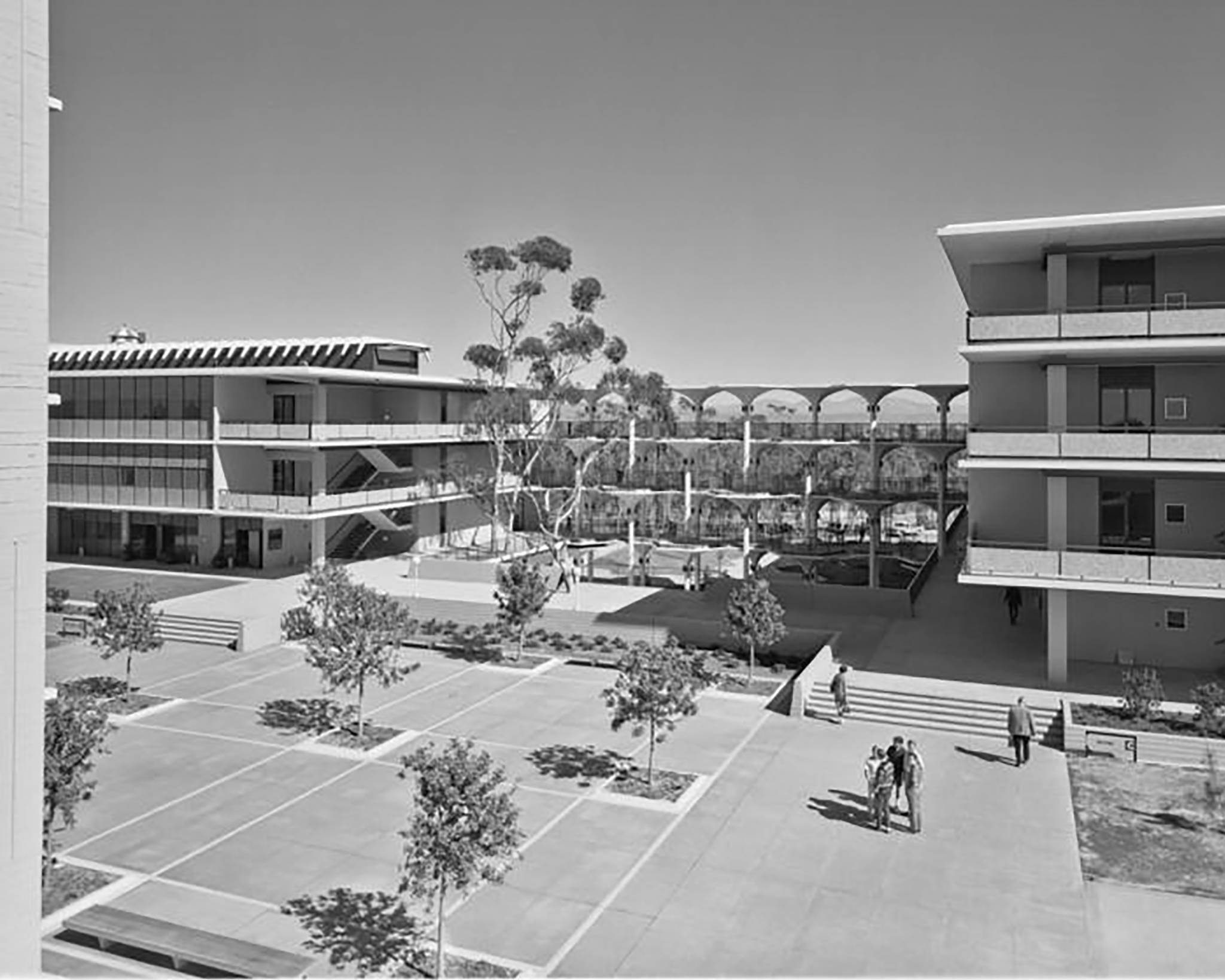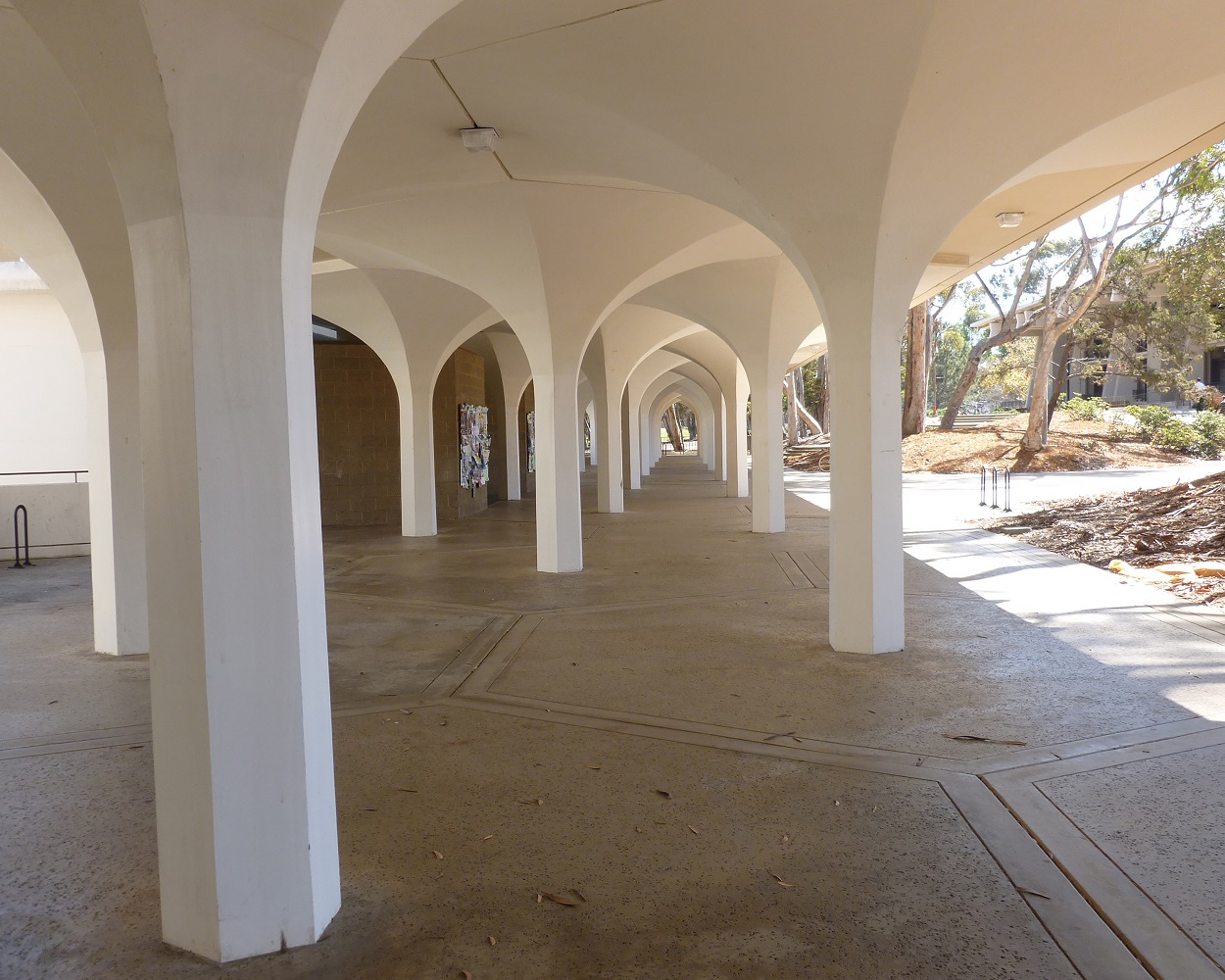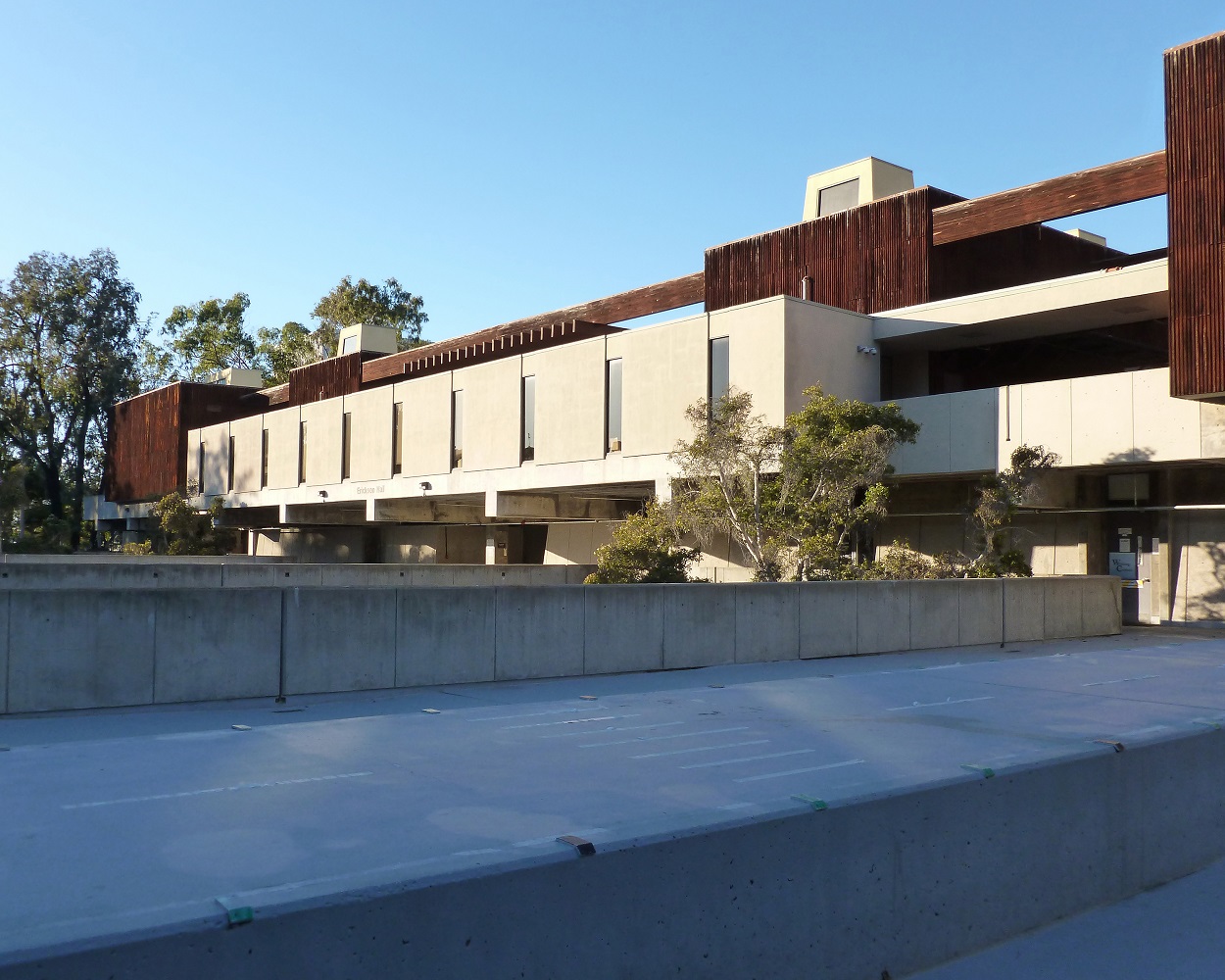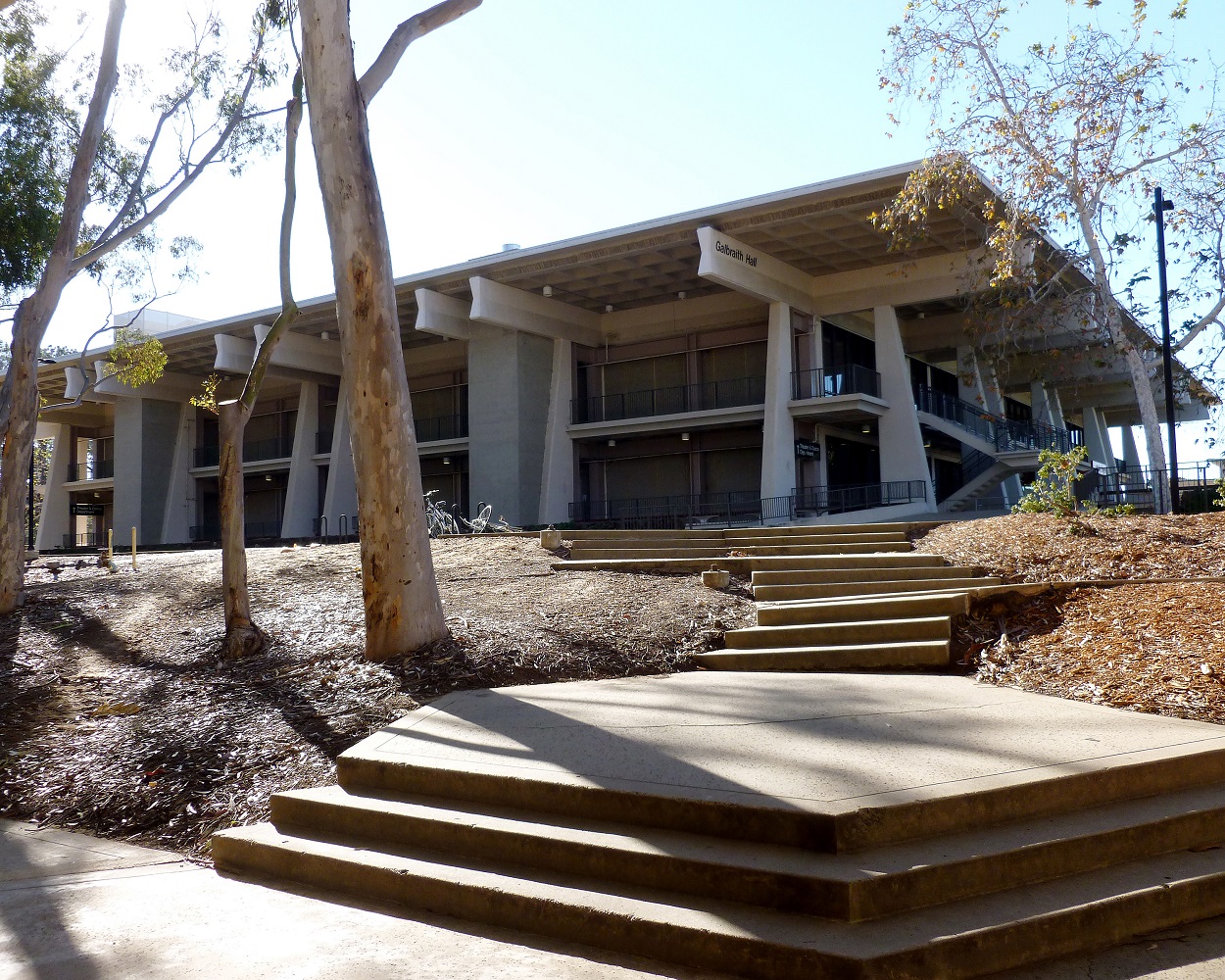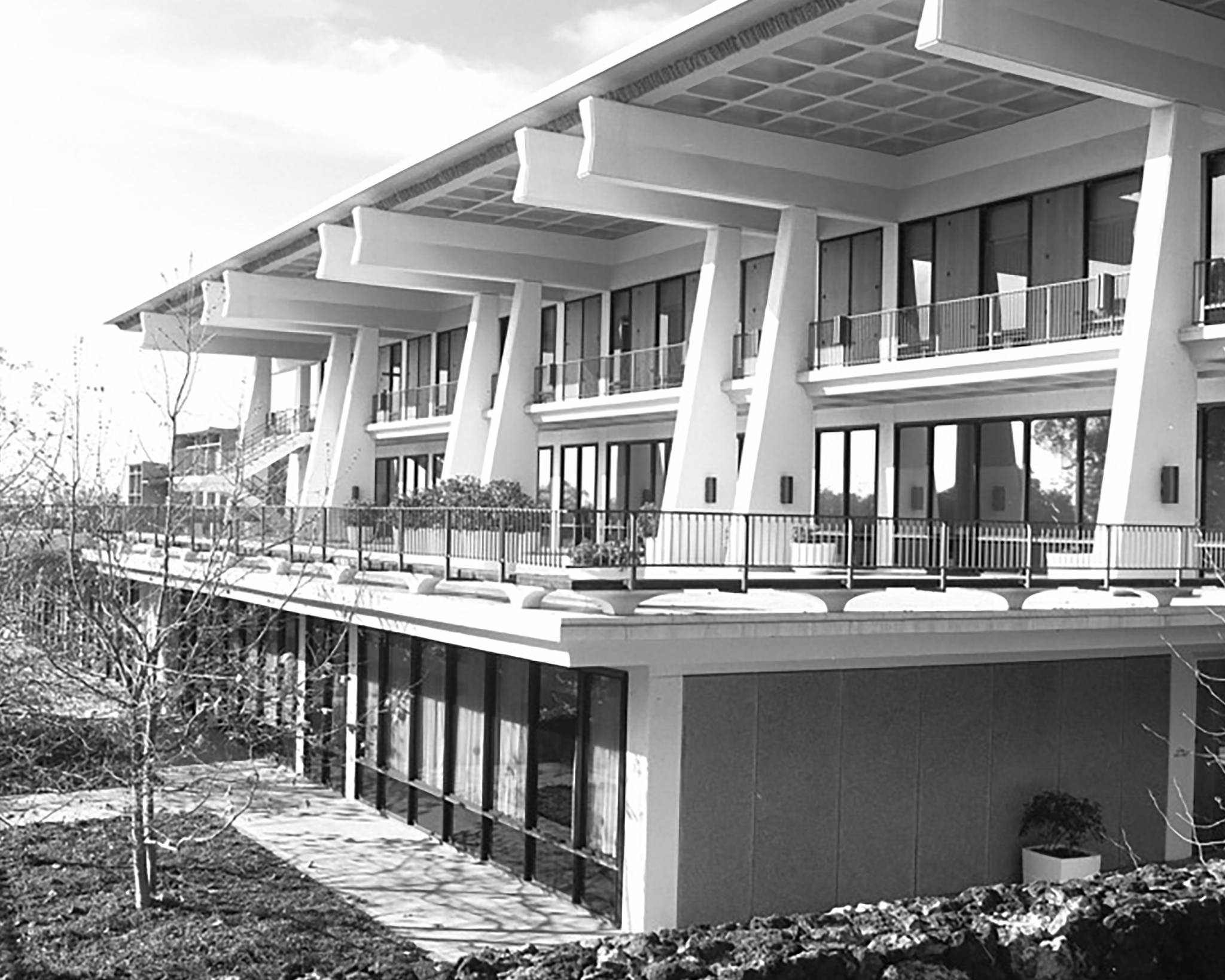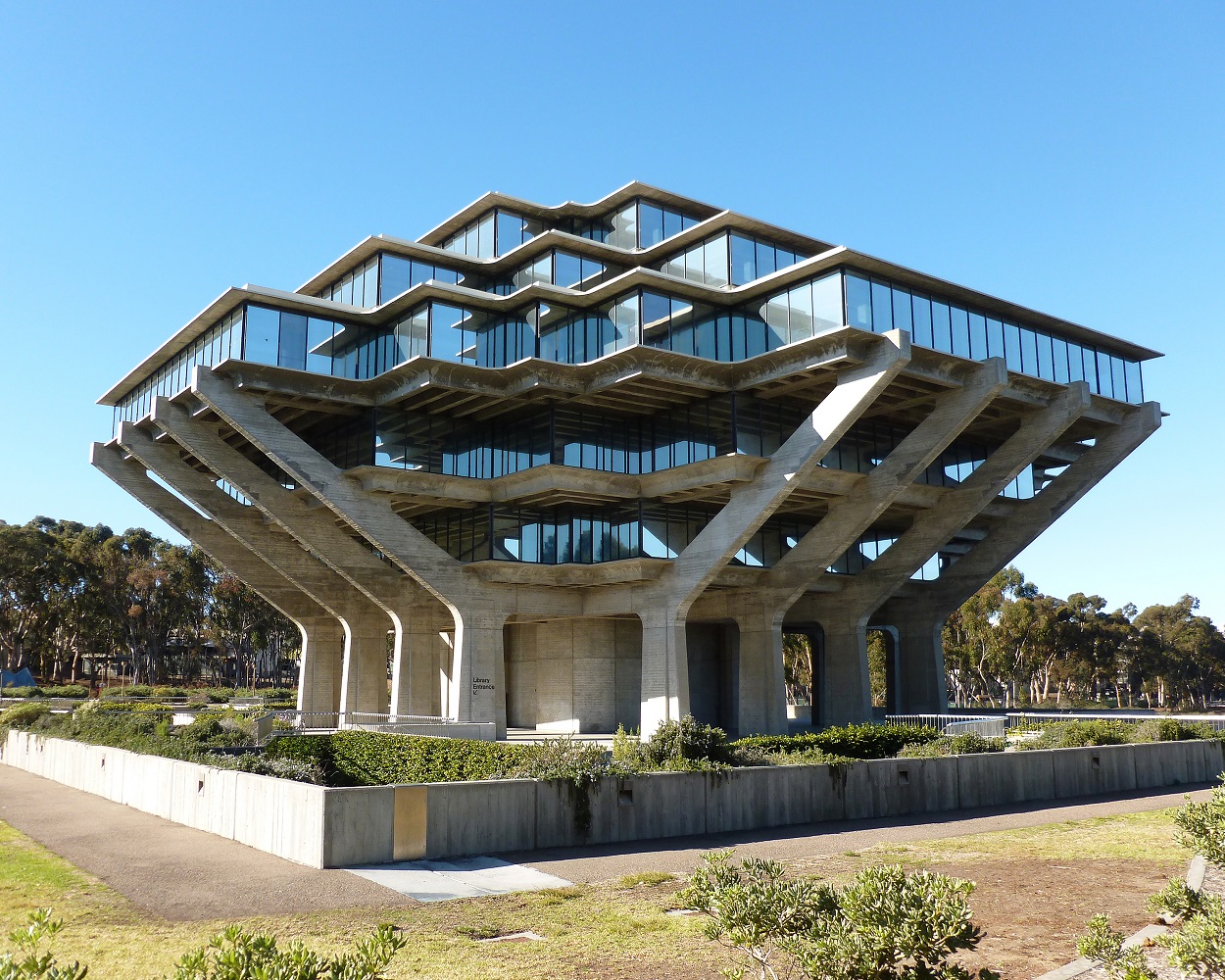California Preservation Awards Sponsorship
To learn about CPF's sponsorship opportunities, including how you can sponsor this page, click here or email us.
About CPF and the Awards
The California Preservation Awards are a statewide hallmark, showcasing the best in historic preservation. The awards ceremony includes the presentation of the Preservation Design Awards and the President’s Awards, bringing together hundreds of people each year to share and celebrate excellence in preservation.
The California Preservation Foundation (CPF), a 501c3 nonprofit, was incorporated in 1978. We now support a national network of more than 36,000 members and supporters. Click here to learn how you can become a member.
UC San Diego Context Statement & Survey
The UC San Diego Campus-Wide Historic Context Statement and Historic Resource Survey in La Jolla is the winner of a 2019 Preservation Design Award in the Cultural Resource Studies category. Award recipients are selected by a jury of top professionals in the fields of architecture, engineering, planning, and history, as well as renowned architecture critics and journalists. In making their decision the jury noted the important questions taken up in the report, and the need for similar work statewide, stating, “this report is starting to take on the question of what do we want to keep from the 50-year mark. It’s doing something very important that needs to be done. This could be a guiding document or template for the whole UC system. The University of California needs to pay attention to this, and replicate it.”
The Award will be presented on Friday, October 18, 2019 at a gala dinner and awards ceremony at the InterContinental Mark Hopkins in San Francisco. Tickets and sponsorship options are available at californiapreservation.org/awards.
About this project
The project team began by developing a campus-specific Historic Context Statement (HCS). Informed by extensive research and a robust public outreach program that enlisted members of the campus community and other stakeholders, the HCS identifies contexts and themes specific to the campus’s developmental, architectural, cultural, and social history, and enumerates eligibility standards and integrity thresholds for each. It laid the foundation for the next phase of work – a Historic Resource Survey of the campus, in which surveyors evaluated all elements of the built environment that were constructed through 1985. 36 individual resources and four districts were determined eligible for federal and/or state listing. All eligible resources were documented on applicable state inventory (DPR) forms. This work culminated in the production of a Historic Resource Survey Report, a planning document that comprises the HCS as well as the first-ever inventory of historic and cultural resources on the UC San Diego campus.
The UC San Diego campus is a showpiece of Modern architecture and campus planning. Chartered in 1960, the institution came of age just as Modernism was approaching its apex, which is reflected in the campus’s built environment and distinctive sense of place. The campus’s essential spatial arrangement conforms to a 1963 master plan that was developed by Robert Alexander and utilized what was then a groundbreaking approach to campus planning called the “cluster college” model. The campus also contains an extraordinary concentration of intact, high-style Modern buildings and landscapes. Designed by some of Southern California’s most acclaimed exponents of Modernism, these resources comprise one of the finest concentrations of Modern institutional architecture in the San Diego region, and perhaps in California.
Many of these resources have reached, or are approaching the 50-year age threshold maintained by the National Register. Meanwhile, all of the campuses within the UC system are facing mounting pressure to accommodate more students and upgrade aging facilities.
This project, then, is noteworthy for several reasons. It demonstrates a strong sense of civic responsibility by approaching the often-sticky issue of historic preservation head on and through a proactive lens, rather than at the eleventh hour. It represents the first known large-scale effort by a post-World War II university to inventory and document its historic and cultural resources, and will allow the institution to grow in a manner that is cognizant of its historic foundations. It has unbridled potential to educate the campus community about the institution’s rich history.
Historic photos © Robert Glasheen Photograph Collection, UC San Diego Special Collections and Archives
All other photos © Architectural Resources Group.
Project Team
Project Lead
Katie Horak, Architectural Resources Group
Client
Catherine Presmyk, UC San Diego
Architectural Historian/Preservation Planner
Andrew Goodrich, Architectural Resources Group
Project Advisors
David Neuman, Neu Campus Planning
Paul Turner, Ph.D., Stanford University, Department of Art & Art History



